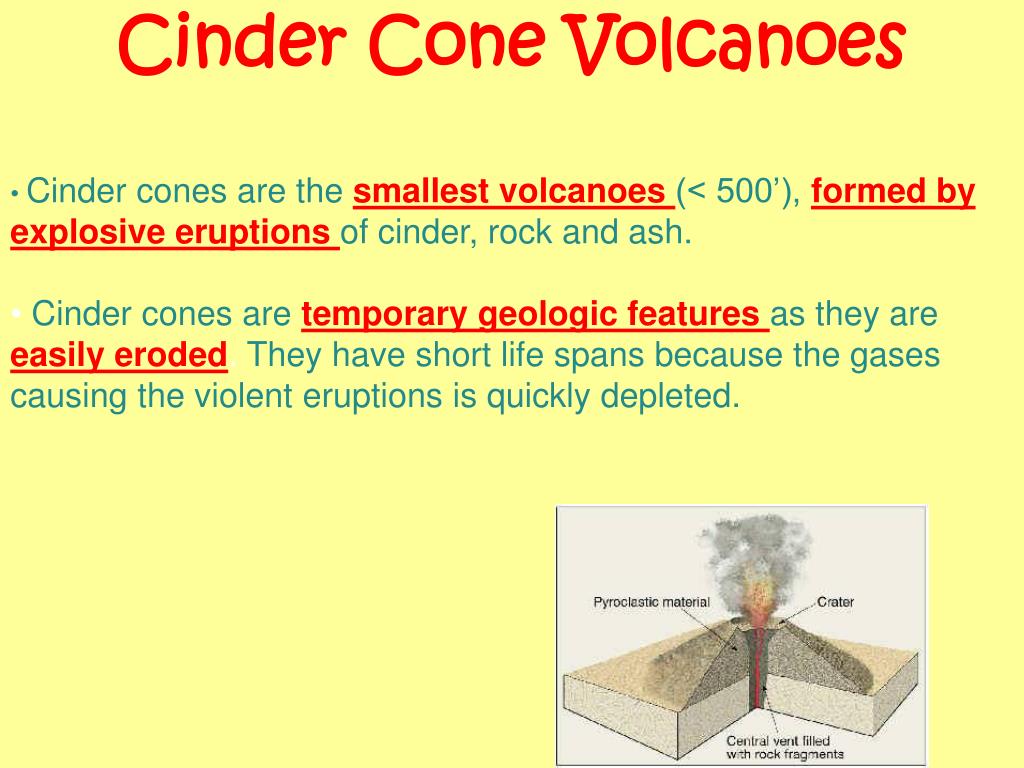

The collapsed depressions are called calderas.

They are usually so explosive that when they erupt they tend to collapse on themselves rather than building any tall structure.These are the most explosive of the earth’s volcanoes.This material accumulates in the vicinity of the vent openings and leading to the formation of layers, and this makes the mount appears as composite volcanoes.Along with lava, large quantities of pyroclastic materials and ashes find their way to the ground.These volcanoes often result in explosive eruptions.They are characterized by the eruption of a cooler and more viscous lavas than basalt.Volcanologists call these “strato-” or composite volcanoes because they consist of layers of solid lava flows mixed with layers of sand- or gravel-like volcanic rock called cinders or volcanic ash.Shape: Cone shaped with moderately steep sides and sometimes have small craters in their summits.They have very steep sides and usually have a small crater on top.These volcanoes consist almost entirely of loose, grainy cinders and almost no lava.The upcoming lava moves in the form of a fountain and throws out the cone at the top of the vent and develops into cinder cone.They are of low explosive in general, but if somehow water gets into the vent they may turn explosive.These volcanoes are mostly made up of basalt (less viscous), a type of lava that is very fluid when erupted. For this reason, these volcanoes are not steep.If you were to fly over top of a shield volcano, it would resemble a warrior’s shield, hence the name.Shield volcanoes have low slopes and consist almost entirely of frozen lavas.The Hawaiian volcanoes are the most famous examples. They are the largest of all volcanoes in the world as the lava flows to a far distance.They extend to great height as well as distance.
VOLCANIC CINDERS HOW TO

A volcano is an opening in the earth’s crust through which gases, molten rocks materials (lava), ash, steam etc.


 0 kommentar(er)
0 kommentar(er)
